The Leiden University Medical Center (LUMC) is a world-renowned university and teaching hospital. What few people may realize is that it boasts an art collection and free public gallery, which hosts five shows per year. The LUMC holds an exhibition of nominees and winners of the Hermine van Bers visual arts prize—a yearly award that stimulates the development of young artists—and invites contemporary artists to create site-specific pieces in a large open hall with an abundance of natural light. The collection, primarily photographs, prints, and drawings, which began 25 years ago, continues today through the efforts of one curator, Sandrine van Noort. Interestingly, the purpose of the collection is markedly different from that of institutions devoted to art. Instead, the works provide the background for photos of newborn babies, offer a temporary escape from nail-biting stress, and splash color onto otherwise depressingly industrial cement walls. The art distracts from the hospital environment and brings a labyrinthine institution down to a more human scale.

The LUMC sits conveniently within two minutes walking distance from the main train station of Leiden. The front entrance hosts a hulking work à la Donald Judd that points to the Dutch heritage of achievement in the arts, medicine, and technology. Upon entering the building (and breezing past this monumental eye sore) one walks directly alongside or is perhaps even drawn into a gallery for contemporary art. The open gallery space encourages visitors to see the entire hospital as gallery—its walls extend to the surrounding halls.


Yet despite the hospital’s admirable efforts, the collection remains largely invisible, at least on a conscious level, to the masses of preoccupied passers-by. Not surprisingly for a large-scale institution, the simple act of viewing the art presents a physical feat—the collection spans three buildings, twists along stairwells, and adorns hallways with no end. It is exhausting to grasp in its entirety. Furthermore, there is no cohesive theme, no sense of orientation, no numbering system, and precious little wall text. Admittedly, the LUMC has handily developed a Kunst Route (art map) to help navigate the hospital’s halls and to elucidate a handful of works. But I like to think that the hospital collection is intended for organic experience, for there to be an element of surprise and discovery, and for viewers to be encouraged to make their own connections between works (when they are looking). Besides the occasional gem tucked away in a hidden corner, the art typically spruces up the lounges, stairwells, and elevator banks, all places where people tend to congregate.
And sprucing up is in dire need here: as part of an effort to dilute the hospital atmosphere, the LUMC embraced bona fide institutional décor, complete with fluorescent lighting; shiny, bright floors; stiff seats; and exposed-pipe ceilings. Art provides a welcome rest from the overwhelming sense of industrial mass-production. The fact that the LUMC incorporates works of art instead of mere reproductions adds a much-needed human element to the complex.

That human touch comes in the form of wood grain peaking through ink in a woodprint, a delicate drawn line, or lips curling into a smile in a photograph. It is found in fundamentally human emotions that are reflected in the art work; by association, the LUMC becomes a human-friendly place. But daring to handle human feeling means portraying images that can be dark, bleak, and confrontational. The LUMC, surprisingly, does not back down from this challenge by omitting such work. Hanging unassumingly in a stairwell that receives much foot traffic is a large format black and white photograph of a white boy pointing a gun at a black girl. Such a work is unfathomable in a hospital in the United States. But in the LUMC there is no uproar, just a flick of the eyes in its direction. As a work that is provocative, rich, and complex in emotional evocation, it performs its duty of counterbalancing its vapid setting.


On the ground floor of the second main entrance, a print depicts a partially obscured female figure clasping the hand of an unwilling, clearly angry young girl. Eerily, the red grid overlaying the entire image lines up on the girl like a target. The work expresses rebellion: of the childish sort against authority figures, and the general sort against white picket fences and superficiality. This could have been a picture of a happy mother and daughter, both primly dressed and standing before a picket fence, an image of domestic bliss. But instead, the obstinate girl pulls the composition off its axis. An image so fraught with anxiety and quiet rage in a hospital will certainly not achieve the effect of soothing viewers. Rather, this work provides an outlet for those who identify with the young girl being dragged where she does not wish to go.

Seemingly out of the way but just as well frequented as lower floors, the eleventh floor lounge areas are graced by drawings of a sexualized girl. The works, though small in scale, pack a punch of raw energy with splotches of paint, sketchy frenetic lines, and watery black ink pooling on the paper’s surface. The various textures and medium alone are inextricable from human creativity and production. Thematically, the drawings portray youthful lust, playfulness, careless lounging and contemplation, and seem to form a narrative about a particular young woman. Yet these experiences and emotions are common to the general population and easily accessible, stirring memories or inciting imaginations about future events in one’s own narrative.


Not all work in the art collection is representative. An abstract print by Jons Geurts features an undulating hand-shaped form, surrounded by floating elliptical shapes and set against a grainy light blue background. Reading this image as a hand, it is raised in a gesture of good will and good health. With this work more than any other, the art serves as an avatar for the large corporate body that is the LUMC.

Various genres are represented nicely at the LUMC, but portraits by and large compose the bulk of the collection. The message is simple: individuals matter. In wandering the corridors, people see themselves reflected in unique works of art. Uniqueness is a critical concept for the LUMC art collection to emphasize because in such a dwarfing building it is all too possible to lose sight of being more than a number. The portraits represent people of various walks of life, ages, religious beliefs, and cultures, important factors if the hospital wishes to make its richly multicultural staff, students, patients, and visitors feel welcome.

A notable portrait painting by Marlene Dumas is located around a corner and can only be viewed obliquely. Those approaching from one direction will see the work, which is a brooding image of a man’s mustachioed pale white face emerging from the shadows. Much can be read into this sinister piece, titled Die Broer (“That Brother”; 1986), but it is difficult to get a good vantage point in order to do so. This may be a practical measure more than anything else: it is one of the few works hanging without plexiglas and understandably the curator would not want to risk incidental harm that a prominently-situated work surely incurs.

Though leaning over a railing and straining my neck to better view a painting attracted looks that were warranted, it was strange to sense that lingering in front of art with a camera and notepad was out of place (I am an art historian—this is what I do). During my successive trips to the hospital to view art on quiet days or during the middle of the lunch rush, I rarely spotted as much as a brief glance at the works. Unlike in those sacred museum halls and the silent white cubes of artistic contemplation, here, art takes a backseat and is digested unconsciously or accumulatively. It functions subliminally to help tone down the building’s sterile corporate character. The LUMC collection injects individuality into a place that would be utterly dismal and bleak without it; and considering that it is a care institution, it is critical to the welfare of the hospital’s patients and visitors to provide this visual relief, even if it works silently in the background.

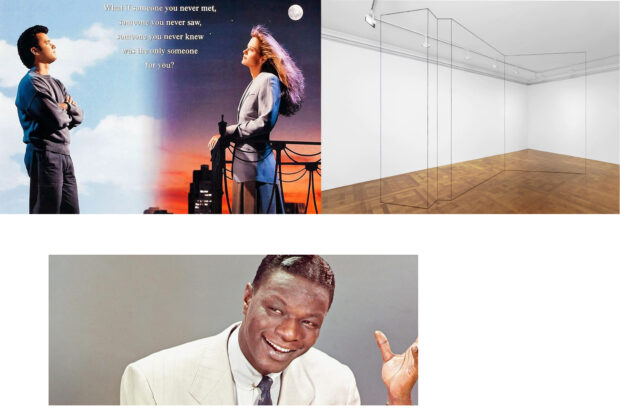


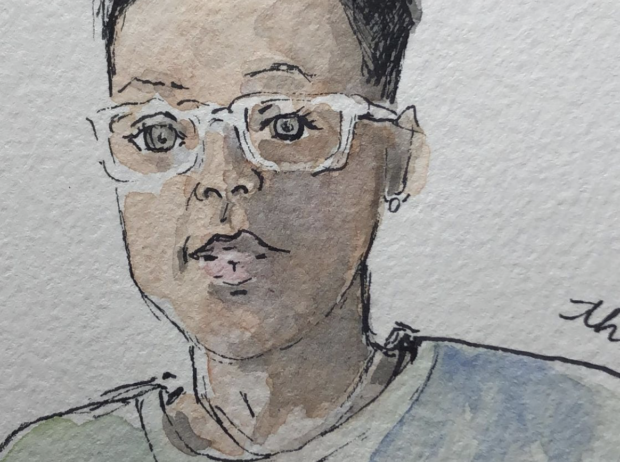
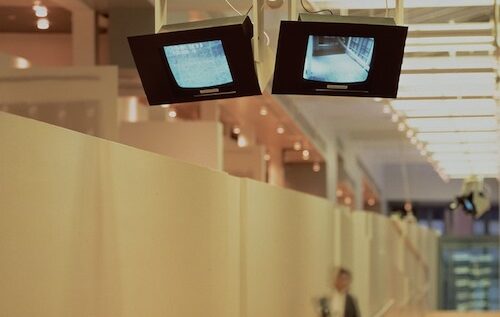
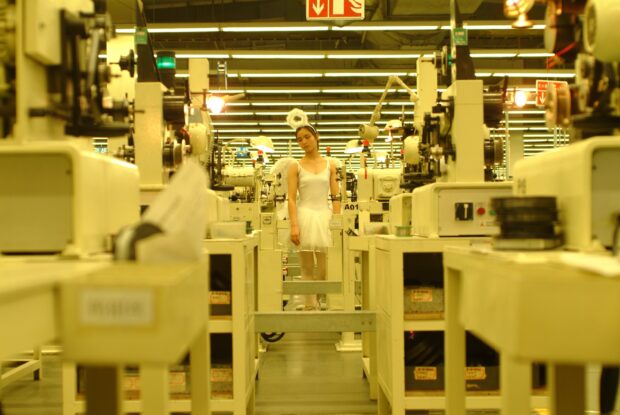
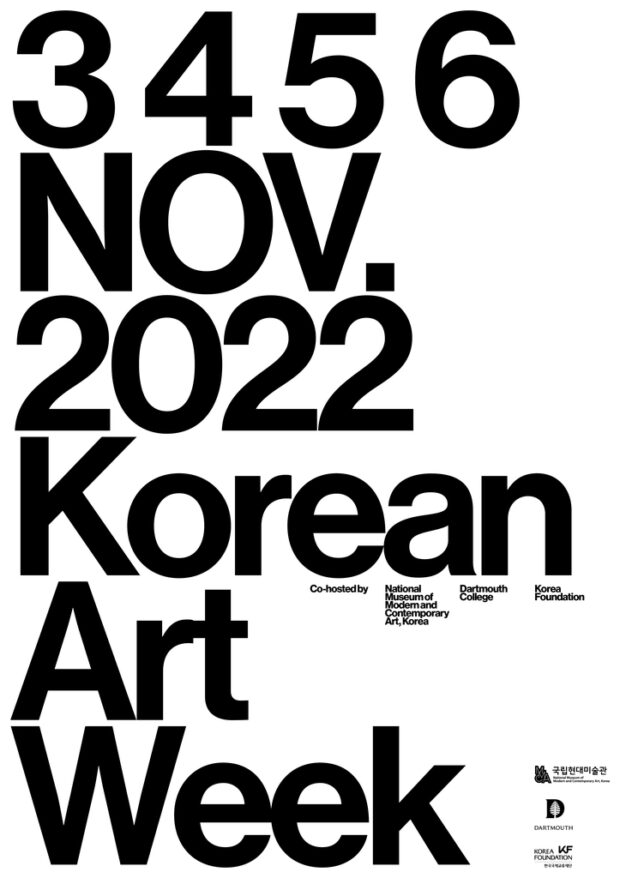


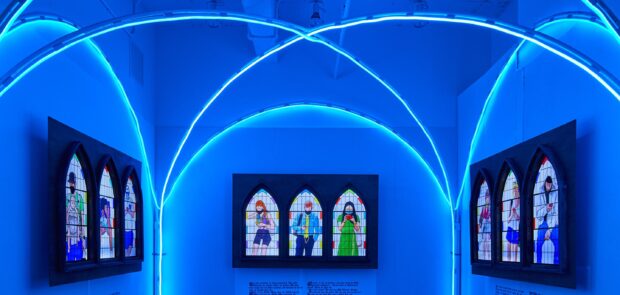

Be First to Comment